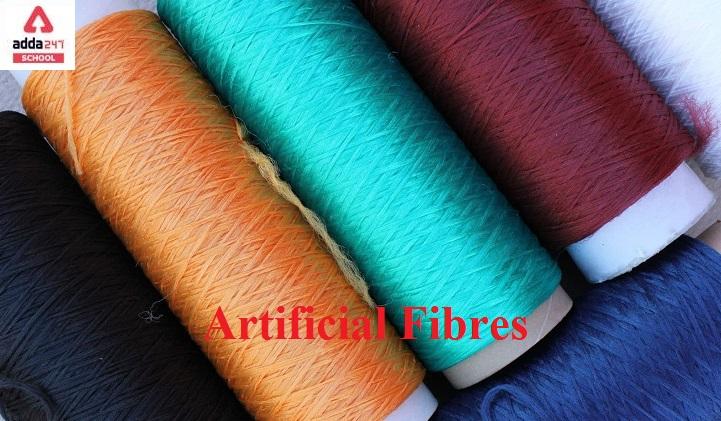Artificial Fiber
What is Artificial fibers? The Answer his here. A threadlike material created by humans is known as an artificial fibre. Such fibres aren’t seen in nature but are man-made, or ‘Artificial’ or ‘Synthetic’. Nylon, rayon, DacronTM, and OrlonTM are examples of artificial fibres. These phrases show that some artificial fibre names (nylon and rayon) are or have become common chemical names, while others (DacronTM and OrlonTM) are proprietary names.
Polymers make up the majority of synthetic fibres. A polymer is a chemical compound formed when one or two tiny molecules repeatedly interact with each other. A monomer is the first molecule that is used to make a polymer. A copolymer is a product that is created when two distinct monomers are combined.
Nylon, created by American chemist Wallace Carothers in 1928, is an example of a copolymer. The two monomers that makeup nylon are adipic acid and hexamethylenediamine, which are both sophisticated compounds. The first monomer will be referred to as A, while the second monomer will be referred to as B.
Spinning is the most common method for creating artificial fibres. A polymer is usually a thick, viscous (sticky) liquid when it is first made. The liquid is driven through a spinneret, which is a disc with fine holes. It is possible for the spinneret to be suspended in the air or submerged in water. The polymeric liquid solidifies as it passes through the spinneret holes, generating a long, thin thread.
Read About: What is Nylon?
Artificial Fibres Examples
These are some of the examples of Artificial Fibres:
Polyester
Polyester is coal and petroleum-based synthetic fabric. Polyester is known for its durability; nevertheless, the material is not breathable and does not absorb liquids efficiently, making it unsuitable for summer use.
Rayon
Rayon is a reconstituted wood pulp-based semi-synthetic fibre. Despite the fact that rayon is made from plant fibres, it is classified as semi-synthetic due to the chemicals employed in the manufacturing process, such as sodium hydroxide and carbon disulfide. Rayon comes in the form of modal, viscose, and lyocell, and can be used to imitate silk, wool, and other materials.
Acrylic Fibres
Acrylic fibres are man-made fibres manufactured from acrylonitrile or vinyl cyanide polymers. Because of its ability to retain heat, acrylic is frequently referred to as “fake wool.” It’s frequently used to make faux fur and fleece.
Microfibres
Microfibers are extremely thin and short fibres with a diameter of fewer than 10 micrometres that are used in cleaning cloths due to their ability to trap dirt. Polyester is commonly used, and it can be woven or non-woven.
Spandex
Spandex, often known as Lycra or elastane, is a synthetic material with exceptional elasticity. Spandex is a stretchy fabric that is combined with a variety of fibres and used in everything from trousers to athleisure to hosiery. Spandex is an anagram of the word expands, which is a fun fact.
Other artificial fibres
Polymerization isn’t the only way to make artificial fibres. Glass fibres, for example, can be made by melting specific types of glass and then spinning it into long, thin threads. Many of these non-polymer artificial fibres are the result of recent chemical research and offer great promise for new industrial uses.









 HPBOSE Compartment Date Sheet 2025 Out, ...
HPBOSE Compartment Date Sheet 2025 Out, ...
 RUHS Counselling 2025 Round 1 Seat Allot...
RUHS Counselling 2025 Round 1 Seat Allot...
 Bihar Board Dummy Registration Card 2026...
Bihar Board Dummy Registration Card 2026...










